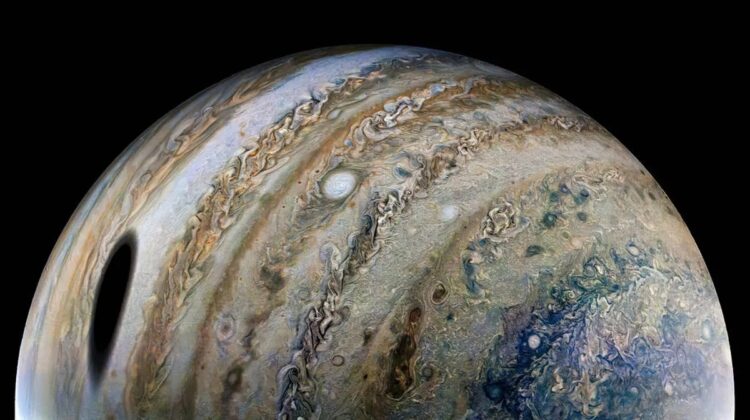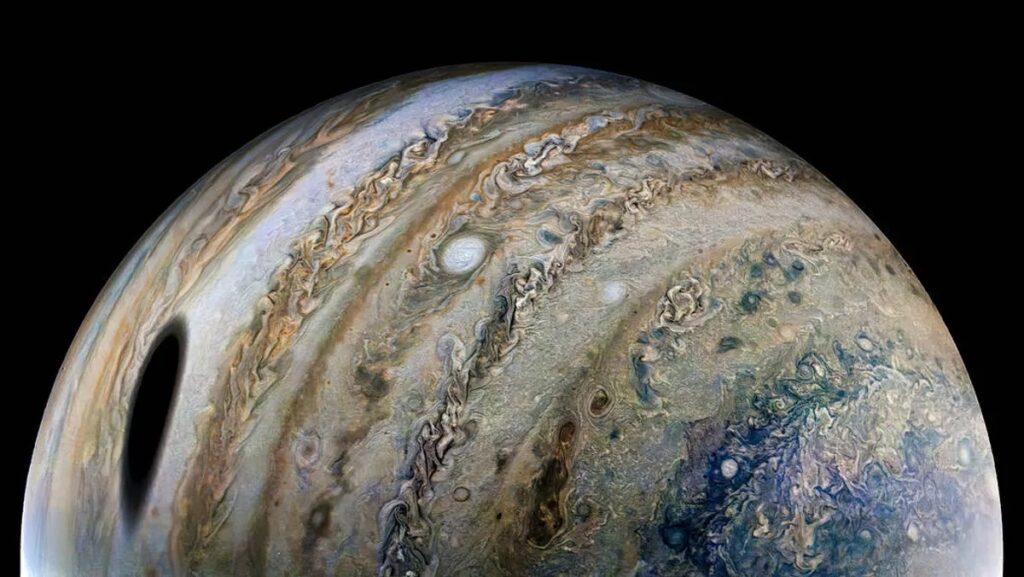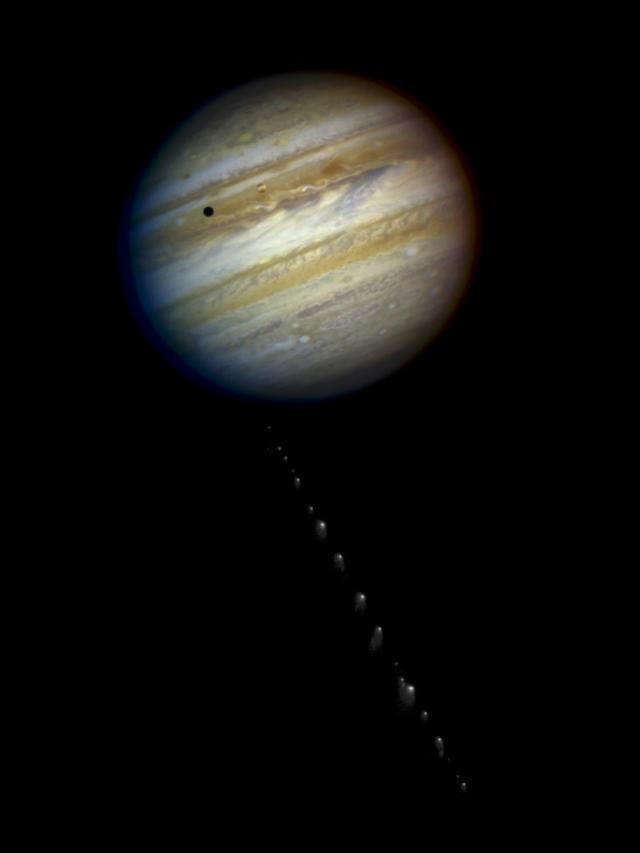
You come at the king, you best not miss.
In the grand theater of our solar system, where planets reign as celestial royalty, Jupiter stands as the undisputed king. Its colossal size and gravitational dominance make it a magnet for cosmic events, often resulting in dramatic collisions that captivate astronomers and stargazers alike. Recently, a celestial object ventured too close to the giant gas giant, leading to an awe-inspiring spectacle, a flash of energy, and a chance discovery by amateur astronomers.

In the realm of cosmic encounters, Jupiter is no stranger to celestial projectiles. More than any other planet in our solar system, it plays host to a cosmic bombardment that is nothing short of exceptional. Yet, documenting these captivating clashes in real-time remains a rare occurrence, making each discovery a precious gem in the realm of astronomical observations. This time, it was the watchful eye of an amateur astronomer that bore witness to the cosmic show.
The cosmic collision, a brief but brilliant flash of energy, was initially detected by the Okinawa-based astronomical observation projects OASES and PONCOTS. On August 29, at 1:45 am Japan Standard Time (4:45 pm UTC, August 28), these diligent observers spotted the extraordinary event. Quickly recognizing its significance, they took to social media, sending out an urgent call to fellow astronomers: “If you were observing Jupiter around the same time, please check the shooting data again, and if you find a flash, please report it on TL or DM this account!”
Their call did not go unanswered. The MASA Planetary Log account on Twitter promptly responded with striking imagery, providing a visual record of the dramatic cosmic collision. “When I woke up in the morning and opened X (Twitter), I saw information that a flash had been observed on the surface of Jupiter. That night, when I checked the video of the corresponding time, I saw a flash,” shared the person behind the MASA Planetary Log account with Space.com. They added, “I was very lucky to be photographing this phenomenon when it happened.”
The object’s size remains a mystery, but one thing is clear – it was substantial enough to create a spectacle that captured the attention of astronomers and enthusiasts alike.

Jupiter’s propensity for cosmic encounters can be attributed to its unique position in the solar system. Its gravitational pull, akin to a cosmic magnet, draws in passing objects like a marble being pulled into a sink. Situated near the solar system’s asteroid belt, Jupiter frequently finds itself in the crosshairs of celestial wanderers.
A study conducted in 2013 shed light on the frequency of these impacts. Objects ranging from 5 to 20 meters (16.5 to 65 feet) in diameter are estimated to collide with Jupiter around 12 to 60 times each year. In comparison, Earth experiences an impact of similar-sized objects approximately 10,000 times less often.

Jupiter’s significance, however, extends beyond being a cosmic punching bag. Its massive size and gravitational influence serve as a shield, diverting many celestial objects away from the inner planets, including Earth. Yet, it’s a double-edged sword; in doing so, Jupiter may inadvertently send the occasional asteroid or comet hurtling toward us.
The history of astronomers capturing Jupiter’s dramatic moments is a testament to our fascination with the cosmos. The first direct observation of a celestial collision in the solar system occurred in 1994 when the comet Shoemaker-Levy 9 collided with Jupiter, etching its place in astronomical history.

Since that groundbreaking event, astronomers have documented at least eight more Jupiter impact observations, with the most recent spectacular collision occurring in September 2021. Each time, these celestial encounters remind us of the dynamic and ever-evolving nature of our solar system, where even the king of the planets cannot escape cosmic confrontations.
So, as we marvel at the latest accidental discovery of a cosmic collision with Jupiter, we’re reminded once again that in the vast expanse of space, the unexpected is always just around the corner, waiting to astonish and inspire.

Leave a Reply